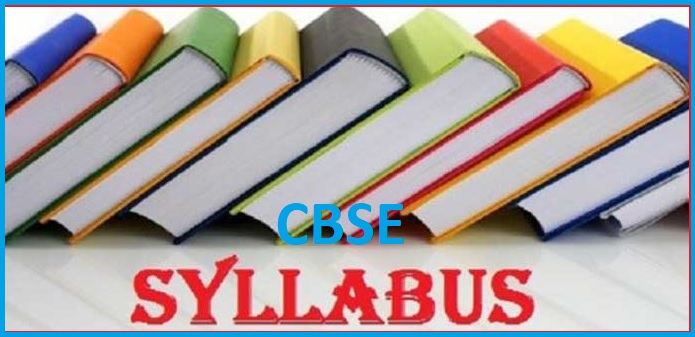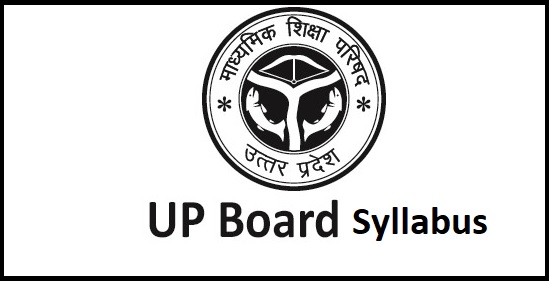CBSE Class 11 Economics Syllabus 2024-25

Economics is a major subject for the students under Commerce stream and who wish to go forward in this field. CBSE has designed the syllabus for Economics that allows students to analyze various economic issues and develop the ability to combat them. The complete syllabus has been categorized into seven units to provide a clear vision of all the important topics in an elaborated way. Candidates can check the CBSE Class 11 Economics Syllabus 2024-25 here from this post.
CBSE Class 11 syllabus for Economics 2024-25
Provided below is the period-wise and mark-wise distribution of the CBSE class 11 Economics syllabus. Important topics included in the syllabus and divided under 7 different units are also given in detail. Candidates in class 11 studying in the Commerce stream should carefully check the whole syllabus.
| Units | Marks | Periods | |
| Part A | Statistics for Economics | ||
| Introduction | 15 | 10 | |
| Collection, Organisation and Presentation of Data | 30 | ||
| Statistical Tools and Interpretation | 25 | 50 | |
| 40 | |||
| Part B | Introductory Microeconomics | ||
| Introduction | 04 | 10 | |
| Consumer’s Equilibrium and Demand | 15 | 40 | |
| Producer Behaviour and Supply | 15 | 35 | |
| Forms of Market and Price Determination under perfect competition with simple applications | 06 | 25 | |
| 40 | |||
| 200 | |||
| Part C | Project Work | 20 | 20 |
Part A: Statistics for Economics
In this course, the learners are expected to acquire skills in collection, organisation and presentation of quantitative and qualitative information pertaining to various simple economic aspects systematically. It also intends to provide some basic statistical tools to analyse, and interpret any economic information and draw appropriate inferences. In this process, the learners are also expected to understand the behaviour of various economic data.
Unit 1: Introduction
What is Economics?
Meaning, scope, functions and importance of statistics in Economics
Unit 2: Collection, Organisation and Presentation of data Collection of data – sources of data – primary and secondary; how basic data is collected with concepts of Sampling; methods of collecting data; some important sources of secondary data: Census of India and National Sample Survey Organisation.
Organisation of Data: Meaning and types of variables; Frequency Distribution.
Presentation of Data: Tabular Presentation and Diagrammatic Presentation of Data: (i) Geometric forms (bar diagrams and pie diagrams), (ii) Frequency diagrams (histogram, polygon and Ogive) and (iii) Arithmetic line graphs (time series graph).
Unit 3: Statistical Tools and Interpretation
For all the numerical problems and solutions, the appropriate economic interpretation may be attempted. This means, the students need to solve the problems and provide interpretation for the results derived.
Measures of Central Tendency– Arithmetic mean, median and mode
Correlation – meaning and properties, scatter diagram; Measures of correlation – Karl Pearson’s method (two variables ungrouped data) Spearman’s rank correlation.
Introduction to Index Numbers – meaning, types – wholesale price index, consumer price index and index of industrial production, uses of index numbers; Inflation and index numbers.
Part B: Introductory Microeconomics
Unit 4: Introduction
Meaning of microeconomics and macroeconomics; positive and normative economics
What is an economy? Central problems of an economy: what, how and for whom to produce; concepts of production possibility frontier and opportunity cost.
Unit 5: Consumer’s Equilibrium and Demand
Consumer’s equilibrium – meaning of utility, marginal utility, law of diminishing marginal utility, conditions of consumer’s equilibrium using marginal utility analysis.
Indifference curve analysis of consumer’s equilibrium-the consumer’s budget (budget set and budget line), preferences of the consumer (indifference curve, indifference map) and conditions of consumer’s equilibrium.
Demand, market demand, determinants of demand, demand schedule, demand curve and its slope, movement along and shifts in the demand curve; price elasticity of demand – factors affecting price elasticity of demand; measurement of price elasticity of demand – percentage-change method and total expenditure method.
Unit 6: Producer Behaviour and Supply
Meaning of Production Function – Short-Run and Long-Run Total Product, Average Product and Marginal Product.
Returns to a Factor
Cost: Short run costs – total cost, total fixed cost, total variable cost; Average cost; Average fixed cost, average variable cost and marginal cost-meaning and their relationships.
Revenue – total, average and marginal revenue – meaning and their relationship. Producer’s equilibrium-meaning and its conditions in terms of marginal revenue- marginal cost. Supply, market supply, determinants of supply, supply schedule, supply curve and its slope, movements along and shifts in supply curve, price elasticity of supply; measurement of price elasticity of supply – percentage-change method.
Unit 7: Forms of Market and Price Determination under Perfect Competition with simple applications. Perfect competition – Features; Determination of market equilibrium and effects of shifts in demand and supply.
Simple Applications of Demand and Supply: Price ceiling, price floor.
Part C: Project in Economics
Guidelines as given in class XII curriculum
CBSE Class 11 Economics syllabus: Download PDF
Class 11th other Subjects Syllabus




Mam 2022 to 2023 economics new batch kab se start ho raha hai